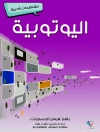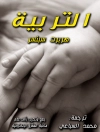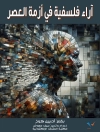The late 18th century is characterized by two crucial events: the rise of Goethe as a dominating literary figure and the emergence of Kant’s critical philosophy and its productive reception not only in the philosophical but also literary discourse of the time. While the Tübingen School concreatively adopted Kant’s philosophy as a system of ideas, they also critically responded to its intellectualising impulse by positing the equiprimordiality of world and Self, of art and reason. Adhering to the self-critical impulse of Kant’s philosophy by positing the equiprimordiality of both the empirical world and the intelligible subject, and trying to overcome the “chorismos” between them through the classicist model of aesthetic Bildung, they argued for the co-extensiveness of the reality of both philosophy and literature.
The authors investigate how the latent antagonism between these divergent traditions of the so-called Goethezeit creates the thrust behind the intellectual firework of divergent literary and philosophical discourses from around 1800, throughout the 19th and into the 20th century.
लेखक के बारे में
Juliana de Albuquerque and Gert Hofmann, University College Cork, Cork, Ireland.












